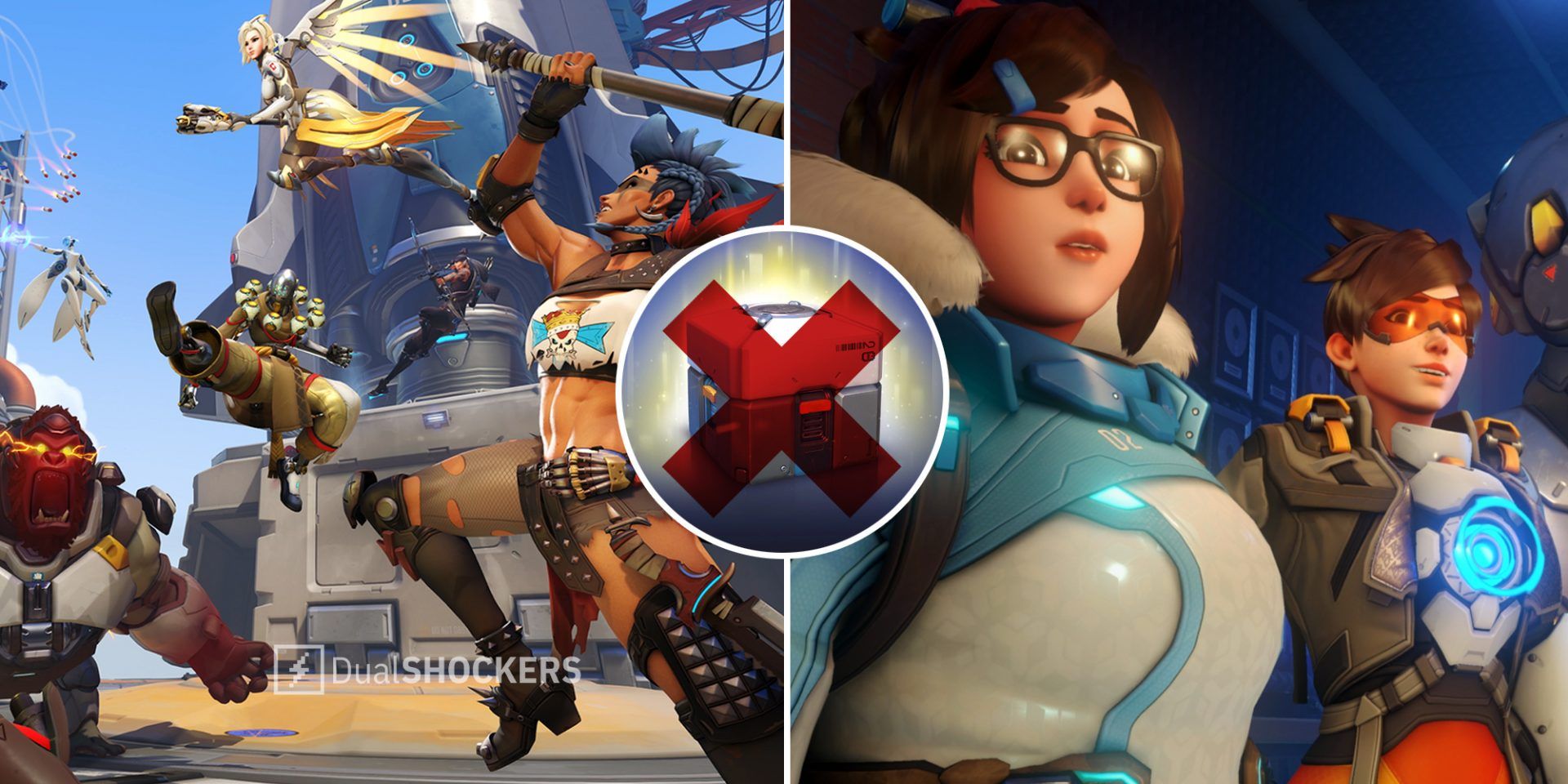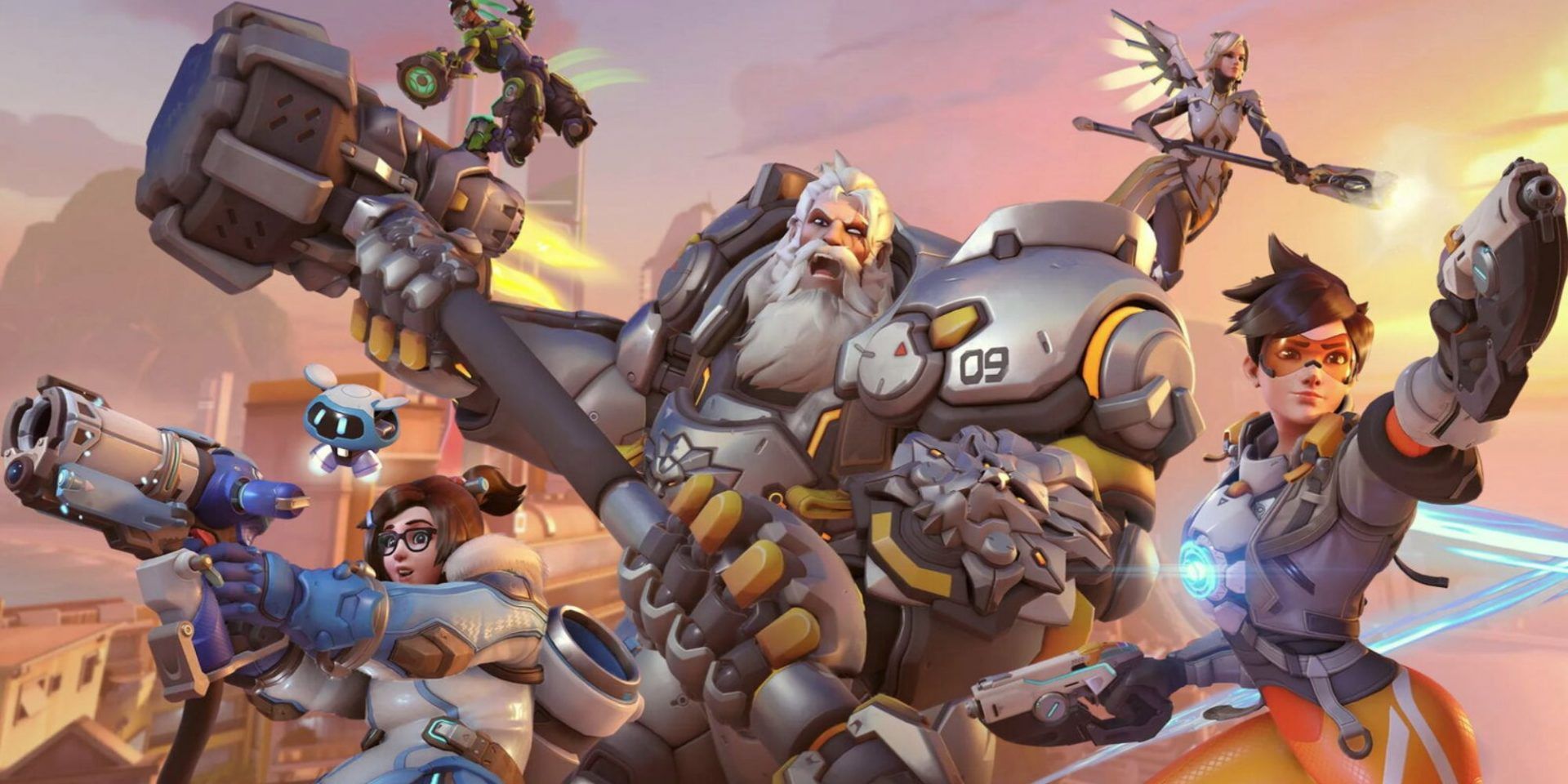It has been over six years since the release of Overwatch, and now its sequel Overwatch 2 is going the free-to-play live service route. Surprisingly, it will not contain loot boxes that were such a staple of its predecessor. So how will Blizzard make money? In lieu of loot boxes, the company announced the game will instead offer a battle pass and include an in-game store where items can be purchased. Though at this time, Blizzard has been mum on the price of the game's battle pass and how its in-game store will operate.
In some cases, no news is usually good news, but in this case, no news could mean Blizzard knows there will be pushback for the battle pass's price. So many people, especially a younger demographic, have grown up in a gaming era where DLC, loot boxes, and microtransactions are accepted. Diablo Immortal has been out since June 2, and even with the controversy surrounding its loot boxes and microtransactions it still made Blizzard $24 million richer (thanks, Game Dev Reports) in two weeks just off those microtransactions.
Even with free seasonal content being released every nine weeks, it's important to remember that a lot of road maps normally go uncompleted (just look at EA's trainwreck Anthem). But let's say Overwatch 2 does successfully follow its roadmap, what kind of an experience can people expect?
Its first season, which starts on October 4, will include three new heroes, over 30 skins, multiple maps, and more. Seasons one through three will contain a new battle pass and new skins, with new game modes available in seasons one and three. The first season will roll out new characters including Junker Queen, Sojourn, and a support hero that has yet to be named.
With that out of the way, let's discuss Blizzard's written belief about the series itself.
"We‘ve always believed that Overwatch, at its core, should be a living game. Overwatch stands for inclusivity, open-mindedness, and community. These pillars led to the change in our strategy to deliver new heroes, maps, and modes on a frequent basis because we believe this is what’s best for our players and our game." Translation: 'We want to make tons of money and we believe the best way to do that is by making it a live service. Given recent earnings, we know we will make a bunch and that you will keep coming back to buy new things.'
There is a silver lining to all this. It shows that loot boxes are not needed in free-to-play games and that their inclusion is more of a choice than an actual necessity. Loot boxes are predatory, no matter how companies want to spin using them (like when EA called them "surprise mechanics" while in front of the British Parliament in 2019).
Blizzard getting rid of loot boxes in another one of its big-name titles after a major controversy is the bare minimum and does not grant it the golden star and applause it hopes you give them.
Why not just go the World of Warcraft route and make Overwatch 2 a monthly subscription? As of right now, Blizzard needs all of the good publicity it can get, and riddling a game with microtransactions is not a good look. It currently costs World of Warcraft players $14.99 for a one-month subscription and offers three-month and six-month subscriptions for $41.97 and $77.94. That is how Blizzard could have garnered a lot of positive attention (among other things but we will not go there) and said from now on, we are just making Overwatch subscription-based, and plans range from $10.99 a month to $65-$70 for three months.
Or they could have not gone the free-to-play route entirely and just made it a complete game where you unlock things by achieving goals and completing parts of the game's story which is part of 2023's PvE mode and make money off of sales and Overwatch League.


